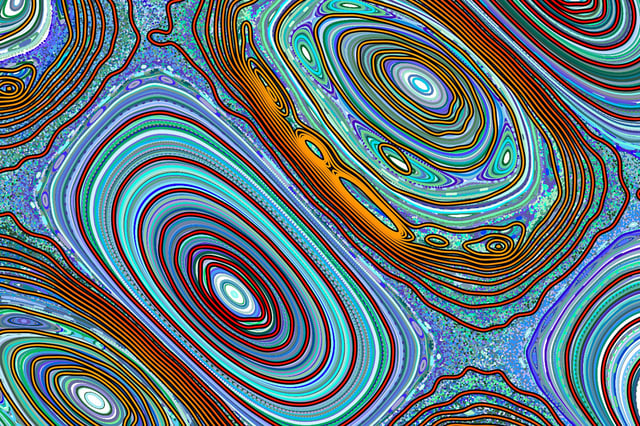Overview
- The breakthrough model, published in *Physical Review Letters*, predicts and eliminates magnetic field leakage points with unprecedented speed and accuracy.
- The method addresses a decades-old problem in stellarator fusion reactors, improving particle confinement critical for sustained fusion reactions.
- Using symmetry theory, the new approach is ten times faster than Newtonian methods and more precise than traditional perturbation theory.
- The model also has applications for tokamaks, identifying weak points that could mitigate risks from runaway electrons.
- The research, a collaboration between UT Austin, Los Alamos National Laboratory, and Type One Energy Group, could accelerate commercial fusion power development.


